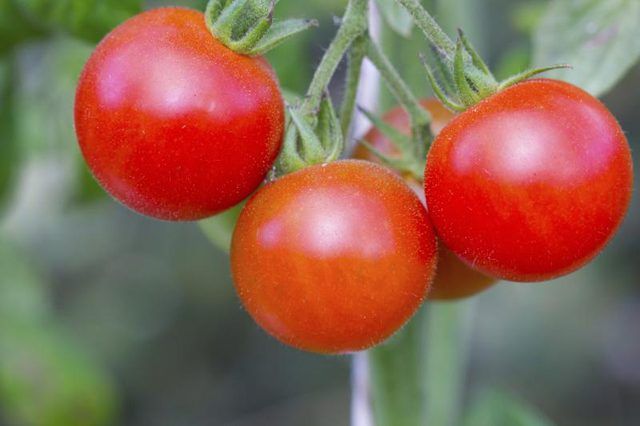Bulbs
Flower Basics
Flower Beds & Specialty Gardens
Flower Garden
Garden Furniture
Garden Gnomes
Garden Seeds
Garden Sheds
Garden Statues
Garden Tools & Supplies
Gardening Basics
Green & Organic
Groundcovers & Vines
Growing Annuals
Growing Basil
Growing Beans
Growing Berries
Growing Blueberries
Growing Cactus
Growing Corn
Growing Cotton
Growing Edibles
Growing Flowers
Growing Garlic
Growing Grapes
Growing Grass
Growing Herbs
Growing Jasmine
Growing Mint
Growing Mushrooms
Orchids
Growing Peanuts
Growing Perennials
Growing Plants
Growing Rosemary
Growing Roses
Growing Strawberries
Growing Sunflowers
Growing Thyme
Growing Tomatoes
Growing Tulips
Growing Vegetables
Herb Basics
Herb Garden
Indoor Growing
Landscaping Basics
Landscaping Patios
Landscaping Plants
Landscaping Shrubs
Landscaping Trees
Landscaping Walks & Pathways
Lawn Basics
Lawn Maintenance
Lawn Mowers
Lawn Ornaments
Lawn Planting
Lawn Tools
Outdoor Growing
Overall Landscape Planning
Pests, Weeds & Problems
Plant Basics
Rock Garden
Rose Garden
Shrubs
Soil
Specialty Gardens
Trees
Vegetable Garden
Yard Maintenance
How Far Apart Do I Plant Tomato Plants?
How Far Apart Do I Plant Tomato Plants?. You can plant more tomato plants (Lycopersicon esculentum) in a garden when you support them with stakes or wire cages than if you let them sprawl on the ground. Because tomatoes require a soil temperature of at least 60 degrees Fahrenheit to plant from seed, most gardeners transplant nursery seedlings....

You can plant more tomato plants (Lycopersicon esculentum) in a garden when you support them with stakes or wire cages than if you let them sprawl on the ground. Because tomatoes require a soil temperature of at least 60 degrees Fahrenheit to plant from seed, most gardeners transplant nursery seedlings. How far apart you space plants also depends on the type of tomato, because some varieties need more space.
Spacing and Tomato Varieties
Determinate tomato varieties eventually form a cluster of flowers at their tip and stop growing taller. They are easier to grow and control and their tomatoes ripen earlier. Indeterminate tomatoes, including nearly all older and heirloom varieties, grow larger vines with a larger, more flavorful crop of late-maturing tomatoes. Indeterminate cultivars need to be planted farther apart than determinate or dwarf cultivars. Most people treat tomatoes as annuals but they will technically grow as perennials in U.S. Department of Agriculture plant hardiness zones 9 through 11.
Spacing Staked Tomatoes
If you train your tomatoes to grow on stakes you’ll get larger tomatoes and they’ll ripen earlier, but you’ll get fewer of them and they’re more likely to suffer from sun scald. Plant staked tomatoes 2 feet apart in rows spaced 3 to 4 feet apart. Dwarf tomatoes will only need 12 inches between plants. To give yourself enough room to harvest tomatoes, space vigorous indeterminate cultivars 4 feet apart and space rows 5 to 6 feet apart.
Spacing Caged Tomatoes
Plant caged tomatoes 2 1/2 to 3 feet apart in rows separated by 4 to 5 feet. Determinate tomatoes are best suited to cages. Prune the plants so that they will have from three to five stems. Especially vigorous indeterminate tomatoes will require larger cages, fewer stems in each cage and more space between plants and rows.
Spacing Tomatoes in Intensive Gardens
Plants in intensive gardens are spaced so their centers are an equal distance from one another. Tomatoes are especially suited to intensive gardening because they can be trained to grow vertically on stakes, cages or trellises. Space tomatoes 12 to 18 inches apart in an intensive garden.